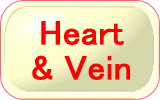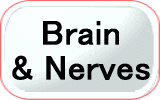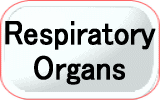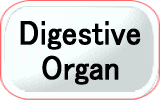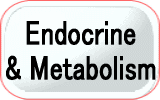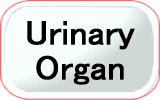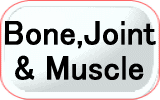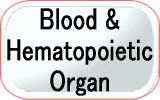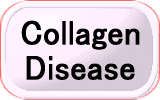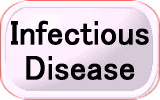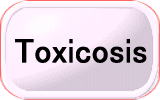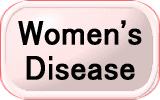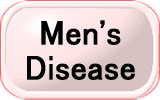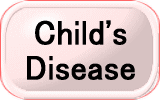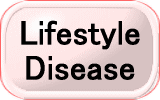|
If heart disease and vascular disease are classified in detail, they are called angina, myocardial infarction, hypertension, heart failure, arrhythmia, pulmonary embolism, dissecting aortic aneurysm, essential hypotension, arteriosclerosis obliterans, varicose veins of the lower extremities, etc. Wide variety in the wind. |
|
In addition, congenital heart disease that naturally causes heart problems includes atrial septal defect and pulmonary artery stenosis. |
|
|
| Angina |
Angina is a condition in which the coronary arteries that supply blood to the heart itself are narrowed or clogged, causing insufficient blood flow and the supply of oxygen and nutrients required by the heart muscle. |
| Myocardial infarction |
Myocardial infarction is a condition in which angina is exacerbated and the flow of blood that sends oxygen and nutrients to the heart muscle is completely stopped. |
| Hypertension |
The heart repeatedly contracts and expands to send blood to each part of the body. It shows systolic systolic blood pressure and diastolic diastolic blood pressure. |
| heart failure |
The heart pumps blood to every corner of the body with a constant rhythm, but heart failure is a condition in which the pumping function of the heart does not work properly. |
| arrhythmia |
The heart repeatedly contracts and expands at a constant rhythm, pumping blood while pulsing about 60 to 90 times per minute. Arrhythmia is a condition in which this rhythm becomes unstable for some reason. |
| Pulmonary embolism |
Pulmonary embolism is a condition in which the lungs are clogged with blood clots (thrombus). After the early stages of no subjective symptoms, symptoms include severe chest pain, dyspnea, bloody sputum, cough, anxiety, sweating, and pale complexion, putting life-threatening conditions at risk. |
| Dissecting Aneurysm of Aorta |
The thickest blood vessel in the body, the aorta, is made up of three layers: the intima, the media, and the adventitia. The condition that has been lost is a dissecting aortic aneurysm. |
| Essential hypotension |
When the upper blood pressure (systolic blood pressure) is 100 or less, it is called hypotension. Hypotension that is caused by other illnesses is called symptomatological hypotension. |
| Arteriosclerosis obliterans |
Arteriosclerosis obliterans is a disease caused by arteriosclerosis that narrows the arteries in the limbs, especially the legs, and impairs blood flow. |
| Varicose Vein of Lower Extremity |
Varicose veins of the lower extremities are a condition in which veins near the body surface of the lower extremities are dilated and become like bumps while irregularly winding and meandering. |





